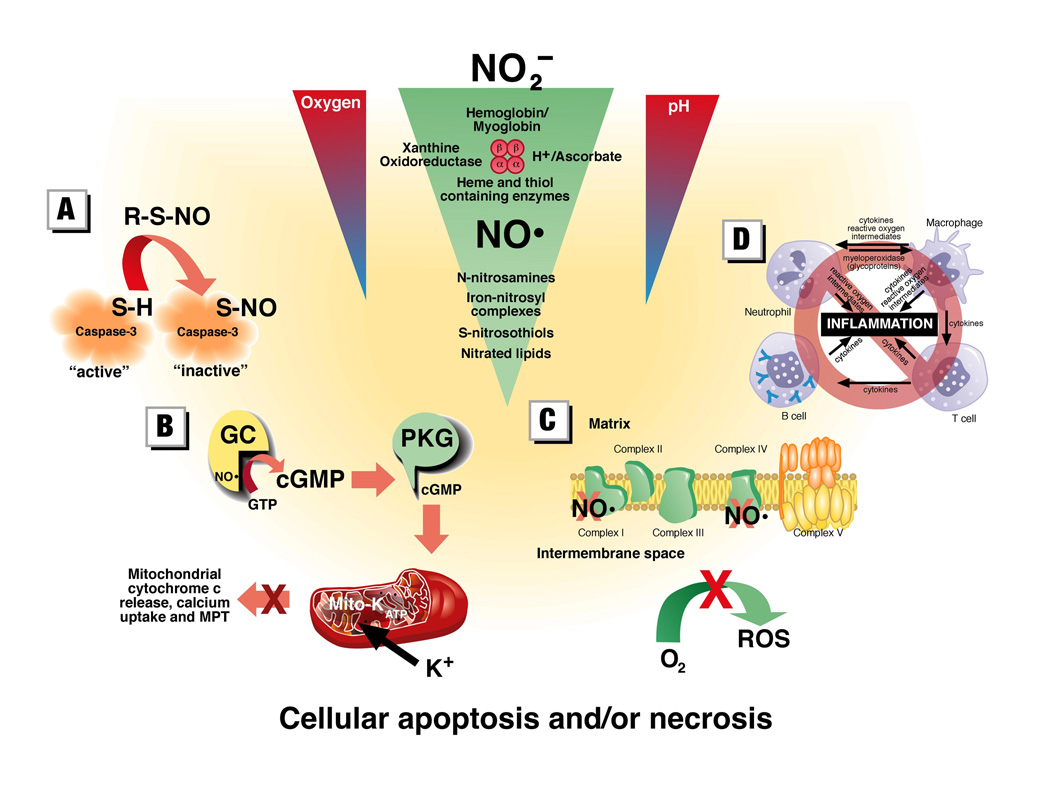Figure 2. Mechanisms of nitrite-derived NO mediated cytoprotection.

Nitrite may be reduced to NO by a variety of metal containing enzyme systems and the NO or the NO-modified proteins and lipids may in turn mediate cytoprotection against IR injury through any a variety of mechanisms. These mechanisms include: (A) S-nitrosation (and potentially N-nitrosation) of critical proteins involved in the signaling of apoptosis; (B) opening of mitochondrial KATP channels via the classic NO – cyclic guanidine monophosphate (cGMP) – protein kinase G (PKG) pathway which protects against cell death by preventing mitochondrial cytochrome c release, calcium overload and the opening of the mitochondrial permeability transition (MPT) pore; (C) Inhibition of complex I which reduces the direct production of reactive oxygen species (ROS) or the inhibition of complex IV which slows mitochondrial respiration and oxygen depletion during ischemia and thereby may minimize ROS production; (D) NO and NO-modified proteins have been associated with a variety of anti-inflammatory effects which minimize tissue injury after IR.
